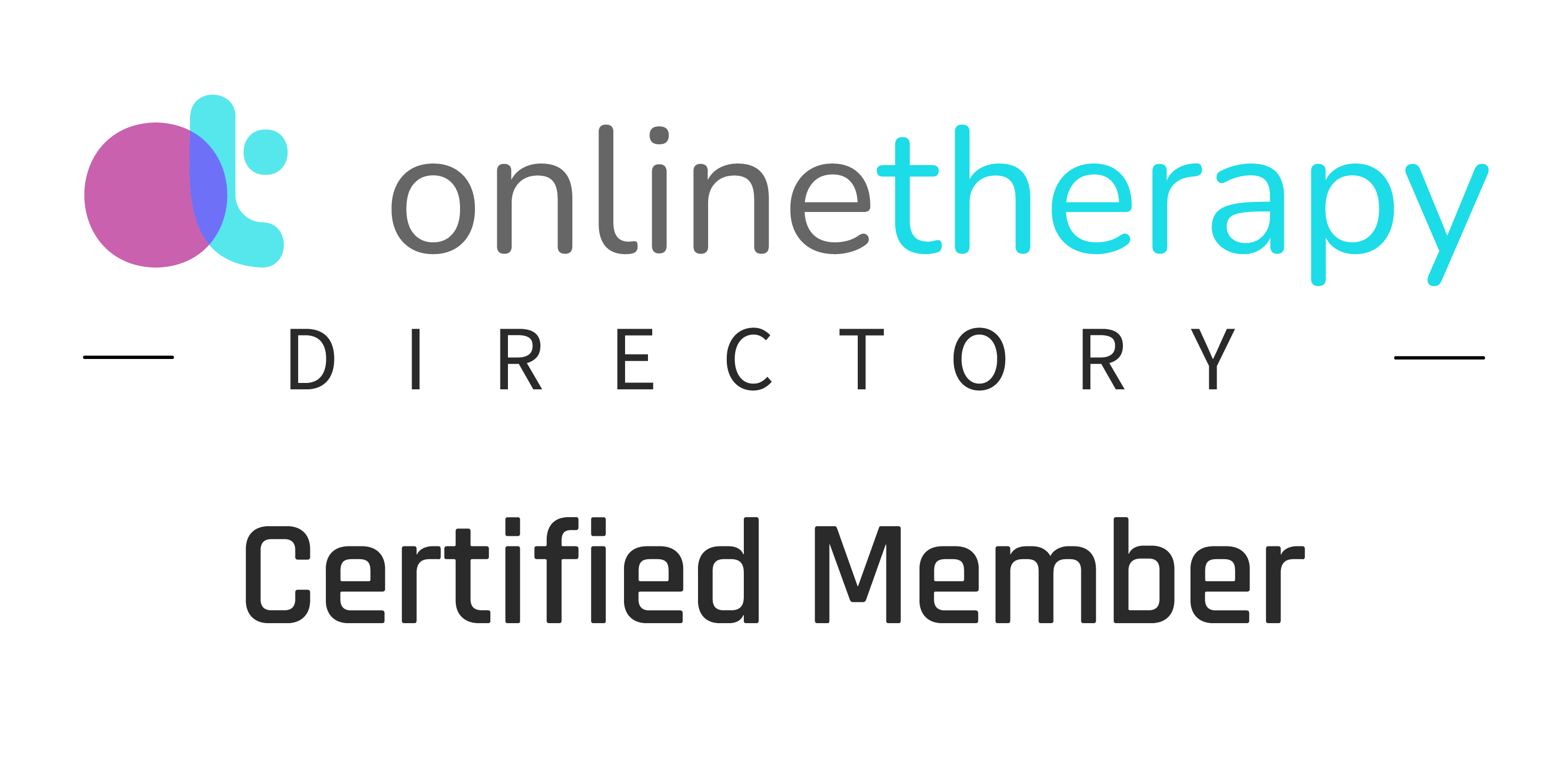A Step-by-Step Guide to Emotional Regulation
The term “emotional regulation” is used in the counselling space a lot. We find that this is one of the top reasons that people come into counselling for as they are hoping to learn to regulate their emotions. Emotional regulation is crucial for maintaining mental health and overall well-being. It involves recognizing, understanding, and managing your emotions in a healthy way. This can involve using different coping and distress tolerance skills, however, it is not just deep breathing as many people think. Emotional regulation needs to be tailored to you as an individual as well as the emotion you are feeling. As an introduction to emotional regulation, we’ve created a step-by-step guide to help you navigate your emotional landscape and take care of your emotional needs.

Steps to Emotional Regulation
1. Name What Your Reaction Is
- Identify Physical Sensations: Take a moment to notice what’s happening in your body. Are you crying? Do you feel a heaviness in your chest? Maybe your muscles are tense, or your heart is racing. These physical reactions are your body’s way of signalling that something important is happening emotionally.
- Example: “I am crying, and I feel a knot in my stomach.”
2. Name What the Emotion Might Be
- Label the Emotion: Once you’ve identified your physical reactions, try to name the emotion you are experiencing. Are you feeling sad, angry, frustrated, or anxious? Naming the emotion can help you better understand and address it.
- One of my favourite ways to name emotions is using the popular Feeling Wheel. There are many of them out there, but they are a helpful way to start to increase your emotional vocabulary.
- Example: “I feel really sad.” “I’m feeling rejected and hurt”
3. Ask Yourself: Why Might I Be Feeling This Way?
- Explore the Source: Reflect on why you might be feeling this emotion. Are there specific events, thoughts, or memories triggering this response? Understanding the root cause can provide insight into your emotional state.
- Sometimes our emotions can seem to come out of nowhere. This is where it can be helpful to reflect backwards and uncover what steps lead up to your current emotion. When did you start feeling the heaviness in your chest? Were you talking to a friend? Did you check social media?
- Example: “I feel sad because I feel rejected and lonely. I checked my phone and no one has texted me all day”
4. What Do I Need to Do to Support Myself With This Feeling?
- Self-Care Actions: Think about what you can do to support yourself emotionally. This might include seeking comfort, engaging in a soothing activity, or expressing your feelings in a healthy way.
- Example: “I am sad and lonely. I need a hug, or I need to take a warm bath and let myself cry.”
Tailoring Emotional Care to Your Needs
Emotional care is personal and unique to each individual. Different emotions actually need different actions to help us regulate them. When we are sad we need different things than when we are angry or frustrated. Here are a few examples of things to try depending on what emotion you are feeling and needing to regulate.
Examples of Emotional Regulation
- Anxiety: Practice deep breathing exercises, mindfulness meditation, or grounding techniques to help calm your mind and body.
- Anger: Try physical activities like running, boxing, or strength training to release pent-up energy. Journaling your thoughts can also help process your anger. Say out loud your angry feelings, or write a letter to someone who is causing you anger – you can or cannot send it.
- Frustration: Allow yourself to express the frustration physically but safely. You might grunt, stomp your feet, or engage in a physical activity like going for a walk.
- Happiness or Excitement: Embrace and share your happiness. You might make joyful sounds like “Wahoo!”, dance around, or share your joy with others through conversation or planning a celebration
- Loneliness: Reach out to a friend or family member, join a community group, or engage in hobbies that bring you joy and connect you with others.
- Overwhelm: Break tasks into smaller steps, take regular breaks, and prioritize self-care activities that help you recharge, such as taking a walk in nature or practicing gentle stretching. Focus on what it is in your control and take it one step at a time. Delegate tasks if that’s possible.
- Sadness: Engage in comforting and nurturing activities. This could be reading or praying, reading scripture, wrapping yourself in a blanket, giving yourself permission to cry, and giving yourself a hug.

Taking the time to understand and care for your emotional needs is a vital part of maintaining mental and emotional health. By naming your reactions, identifying your emotions, exploring their sources, and taking supportive actions, you can better manage your emotional well-being. Remember, it’s okay to seek support from others or professional help if you find it challenging to navigate your emotions on your own. Your emotional health is important, and taking steps to nurture it is a sign of strength and self-awareness.




